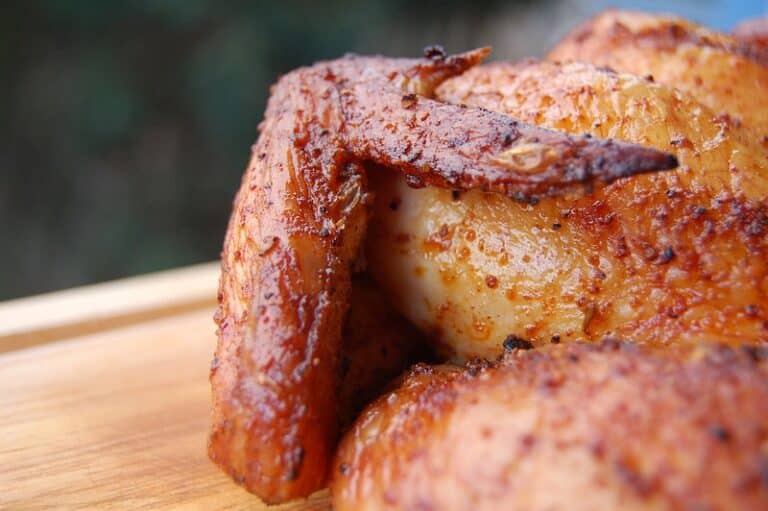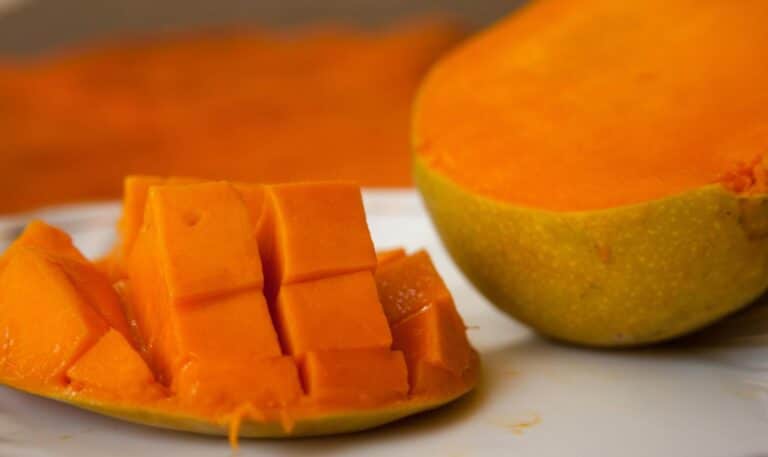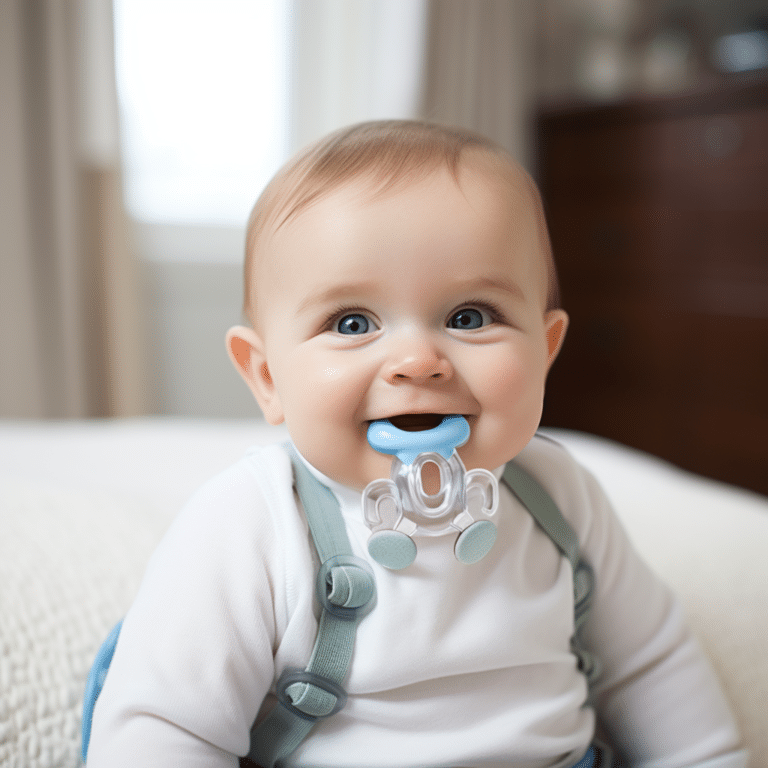Breastmilk Handling: Shaking vs. Swirling and Nutritional Impact
Shaking vs. Swirling Breastmilk: The best nutrition for your baby is breast milk. It has a lot of different nutrients to meet your baby’s needs. Growth and development are helped by macronutrients, micronutrients, and hormone growth factors. White cells in the blood, stem cells, and antibodies prevent diseases and infections.
Contrary to cow’s milk, breast milk has not been treated or homogenized for business use. Because of this, the fat doesn’t mix with the milk and may float on top while the sugars, proteins, and vitamins that are heavier sink to the bottom, making a clear layer.
To redistribute the fat into the whole liquid, you’ll need to reconstitute the milk. When reconstituting breastmilk, parents are advised to swir

l the milk and not shake it. Why? Read on to learn more about why you can’t shake breastmilk.
Why Can’t You Shake Breastmilk?
New parents are always advised against Shaking vs. Swirling Breastmilk bottles. And there are two reasons justifying this. They are:
Shaking can denature proteins present in breast milk
Protein denaturation occurs when proteins lose their shape. Each protein molecule has its unique shape, which dictates its function in the body. Denatured proteins have lost their shapes. This means they have also lost their functionality.
Proteins can be changed in many ways. For example, heating (like when you cook meat), changing the pH (like when lemon juice makes milk curdle), and moving or agitating very hard (like when you whip egg whites). When you shake breast milk hard, you can damage the proteins in it and make them useless.
However, it’s good to note that the shaking we’re discussing here must be hard for it to impact the proteins. Think about how much effort it takes to hand whip egg whites or cream. Pretty too much effort, right? That’s the shaking intensity that can denature proteins.
But lightly shaking the breastmilk bottle to re-homogenize the fats will not take as much effort as hand whipping cream. And this will not be enough to affect your breastmilk’s nutritional value.
Shaking can damage fat globules and cells
Vigorous shaking can cause a shearing force that can damage animals and human cells at high levels. Breast milk comprises white blood cells to strengthen the immune system and good bacteria that establish your child’s gut microbiome. The shearing force created when breastmilk is shaken at high levels can damage these cells and good bacteria.
However, note that the cells are very resilient that they can withstand the shearing caused by shaking a bottle for a couple of seconds.
Also, our blood cells, including white blood cells found in the breastmilk, are exposed to a shearing force through their continuous movement via the blood vessels. The cells in breast milk are naturally exposed to a shearing force, irrespective of whether it’s shaken or not. This is mainly during the suction effect created by your child’s mouth or a pump flange when expressing milk from your breast.
So, it’s safe to say that shaking breastmilk (which needs to be vigorously done) is not the only way to damage human and animal cells. Other processes like suctioning milk from your breast by your baby or a pump flange can also damage cells. But the good thing is that the blood cells are resilient enough to withstand the shearing.
Which Is Better: Shaking Or Swirling?
As was already said, industrial processes like refrigeration and homogenization are not done to human breastmilk. And if you leave breastmilk out on the table or in the fridge for a while, the fat will separate and rise to the top.
When this happens, the breastmilk needs to be reconstituted to distribute the nutrients back throughout the liquid evenly. And the simplest way to do this is by swirling or shaking the breast milk bottle. Some people argue that breastmilk should not be shaken but swirled. That’s because shaking can denature proteins and damage fat globules and other cells. But that’s far from the truth.
But it appears to be so hard it’s like whipping cream by hand.
As for damaging fat globules and other cells, these cells are resilient enough to withstand the shearing force and cannot be easily damaged. Plus, these cells are already naturally exposed to the shearing force when the cells move through the blood vessels or the suction force created when a baby or pump flange expresses milk from the breasts.
Having said that, neither method is or has been proven to be better than the other. The most crucial thing here is for you to be able to incorporate the fat back into the rest of the liquid. And either method will help you achieve that. But if the two methods fail to help you homogenize the fat or the fat particles are visible even after shaking or swirling, that could mean your breastmilk has gone bad and needs to be discarded.
Note that when shaking breastmilk, it’s possible for a large number of air bubbles to be introduced. This may lead to gas if your baby drinks such milk. So, if your little one is prone to colic or gas, you may want to avoid shaking.
This way, you’re not introducing air bubbles into the milk. Instead, stick with swirling or even stirring, and once done, allow the milk to sit for a couple of minutes to let the air bubbles disperse. But if your child does not struggle with colic or gas, shaking or swirling should work for you.

Conclusion
Shaking vs. Swirling Breastmilk is tougher than numerous individuals think, even though it has a lot of different parts. The most crucial things to know are how to store and care for breastmilk properly. As lengthy as these steps are taken, shaking or spinning the breastmilk shouldn’t change how healthy it is.
Some people say that you shouldn’t shake breast milk because it breaks down the proteins and hurts human cells and other fat globules. But there hasn’t been enough study done to find out how hard you have to move breastmilk around before the proteins are broken down.
Most probably, it will take a much larger amount of force than a human arm can generate in a reasonable amount of shaking. But to be safer, use gentle force when stirring or shaking breast milk bottles.






